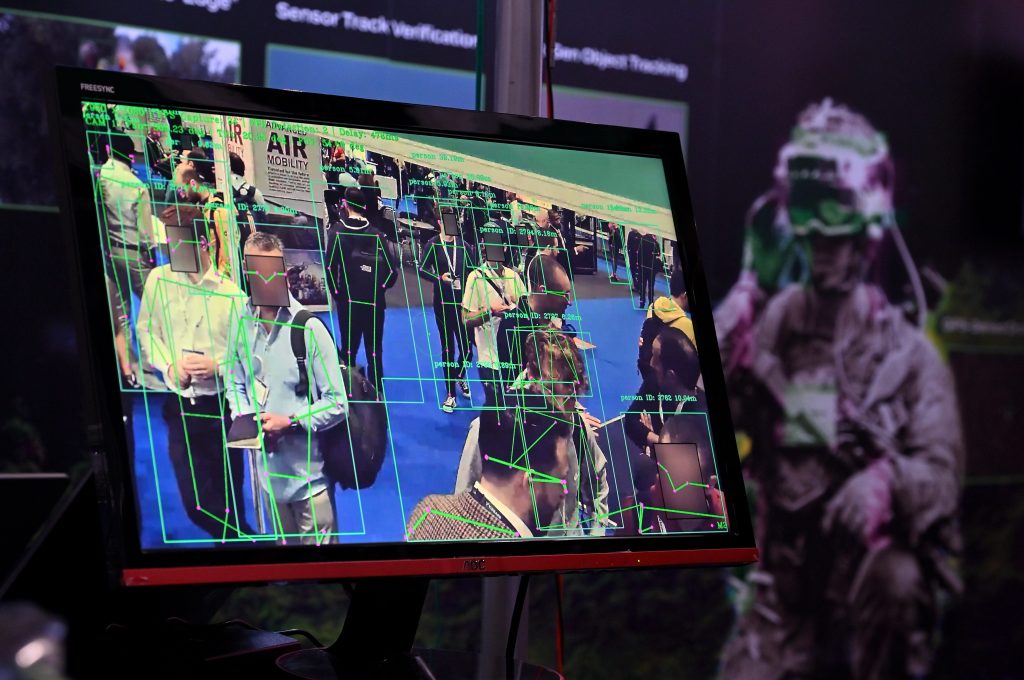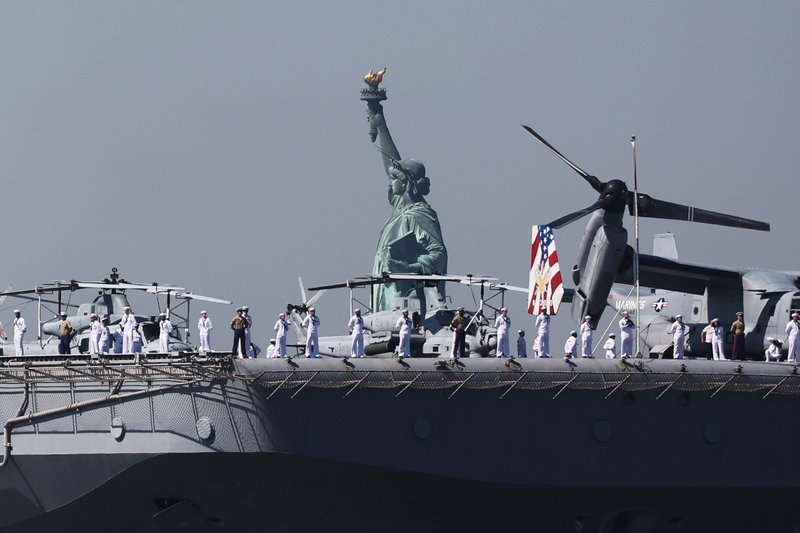President Kennedy famously explained that “when written in Chinese the word crisis is composed of two characters. One represents danger and the other represents opportunity.” Though many Chinese speakers do not quite endorse this translation, the underlying message is, nonetheless, correct. In business and in life, a crisis may indeed represent an opportunity if handled correctly. This is what happened in the 1970s, when a series of wildfires in California led to the development and adaptation of what is now called the Incident Command System (ICS).
ICS is a standardized framework for incident management applicable to all types of incidents. It was designed to promote effective and efficient incident management in the public sector. It follows the management hierarchy of the US Navy and has been used to manage incidents like the first attack on the World Trade Center in 1993.
How can ICS help your organization’s incident/crisis management process? This article will attempt to answer this question in two steps. First, it will present the organizational structure promoted by ICS for effective incident/crisis management. Second, it will present the key advantages of adopting the ICS framework for incident/crisis management.
ICS organizational structure
ICS recognizes that while incidents differ based on size and complexity, five basic functions are generally required for effective and efficient incident management. These include command, operations, planning, logistics, and finance (see Figure 1).

In this section we will explain the roles of each function in a crisis and who in the organization is best suited to staff each one.
1. Command function
The command function manages the incident response. Its role is to determine priorities and objectives, and co-ordinate with executive leadership. It is headed by an incident commander. He/she assumes overall responsibility for and manages the incident’s response co-ordination. While the individual chosen for this role should be knowledgeable about the organization’s operations, it is advised that it should not be the CEO. In a crisis, it is presumed that the CEO’s strategic responsibilities will prevent him/her from being able to oversee the incident operational response.
The command function should also include the organization’s media spokesperson, a safety manager and a designated executive liaison, in addition to any technical counsel that may be needed.
2. Operation function
The operation function executes the actions required to achieve the incident objectives set by the command function. Headed by the operations manager who reports to the incident commander, this function ensures the protection of people and property and aims to bring the operations back to normal. The operations function performs initial damage assessment, oversees frontline responders and prepares status reports. Key staff for this function include facility managers, network and IT managers, and security.
3. Planning function
The planning function recommends actions to be taken to achieve the objectives set by the command function. It is involved in the development of the incident action plan which provides a detailed description of the resources and actions needed to accomplish the objectives of the incident. The incident action plan answers the following four questions:
- What do we want to do?
- Who is responsible for doing it?
- How do we communicate with each other?
- What is the procedure if someone is injured?
Key staff for the planning function includes business continuity personnel, line of business managers, corporate communications, and investor relations advisers.
4. Logistic function
The logistic function supports the incident response activities. It is responsible for “ordering, obtaining, maintaining and accounting for essential personnel, equipment and supplies.” (An Introduction to the Incident Command System) It supports activities like food, shelter, and transportation. Key staff for this function include HR representatives and other employee assistance personnel.
5. Finance function
The finance function pays the expenses related to the incident. It handles emergency purchase orders, compensation, and claims, along with payrolls and provides other administrative support. Key staff for this function include procurement, payroll, and insurance personnel.
Key advantages of adopting ICS
The ICS framework for incident/crisis management provides numerous advantages to organizations both in the public and private sector. Four of these advantages will be presented in this section. These include flexibility and modularity, unity in command, effective resource management, and common terminology usage.
1. Flexibility and modularity
The ICS structure is meant to be developed in a modular fashion based on the complexity of the incident. It is the responsibility of the incident commander to determine which of the five functional areas of the ICS framework needs to be activated depending on the incident. The five basic ICS functions can in turn be further expanded to include supporting groups, units, and strike teams if the size of the incident requires it (see figure 2). This method of organization provides unparalleled flexibility for efficient incident management.

2. Unity in command
The ICS framework ensures unity in command. As soon as the crisis structure gets activated, all assigned personnel report only to their designated ICS supervisor who is likely to differ from their day-to-day supervisor. ICS provides a clear chain of command minimizing confusion that is likely to arise during an incident.
3. Effective resource management
ICS provides mechanisms for ordering, mobilizing, and tracking resources assigned to an incident. Resources are managed efficiently and mobilized only when requested. The guideline for efficient resource supervision limits the ratio of supervisors to subordinates to a 1:5 ratio.
4. Common terminology usage
ICS provides a common terminology to be used throughout the organization during an incident. For instance, all key facilities used for incident response follow a naming protocol. Names like incident command post, communications center, and helibase are used to specify the functional use of each facility assigned to the incident. This promises to further reduce confusion and facilitate co-ordination with external agencies and emergency personnel who also use the ICS terminologies.
Conclusion
In summary, the Incident Command System (ICS) can help your organization’s incident/crisis management process by providing a time-tested crisis structure that reflects the management hierarchy of the US Navy. This structure organizes your crisis response personnel into five key functional areas, mainly: command, operation, planning, logistics and finance.
While the command function assumes the overall management of the incident, the operation function executes the incident action plan which is elaborated by the planning function. The logistic function supports the incident response activities while the finance department pays for those activities.
Adopting ICS provides countless benefits to the organization’s crisis response process. This includes the flexibility to deploy the crisis structure with modularity based on the complexity of the incident. ICS provides unity in command and a clear chain of command. It promotes effective and efficient resource management throughout the crisis and uses a standardized terminology to facilitate coordination within the organization and with external agencies.
Now back to President Kennedy. Though the president’s underlying message was correct, the error was in the language he used as the basis for his illustration. It is in ancient Greek, not in Chinese, that the word crisis means opportunity.
A fully annotated version of this article is available on Max Veve’s LinkedIn page
Max Veve is a certified business continuity professional with experience in Business Continuity Management, Disaster Recovery, and Third Party Risk Management in the financial and extractive industries (Oil & Gas and Mining).
He is currently the Business Continuity Manager for Societe Generale’s Canadian division.












